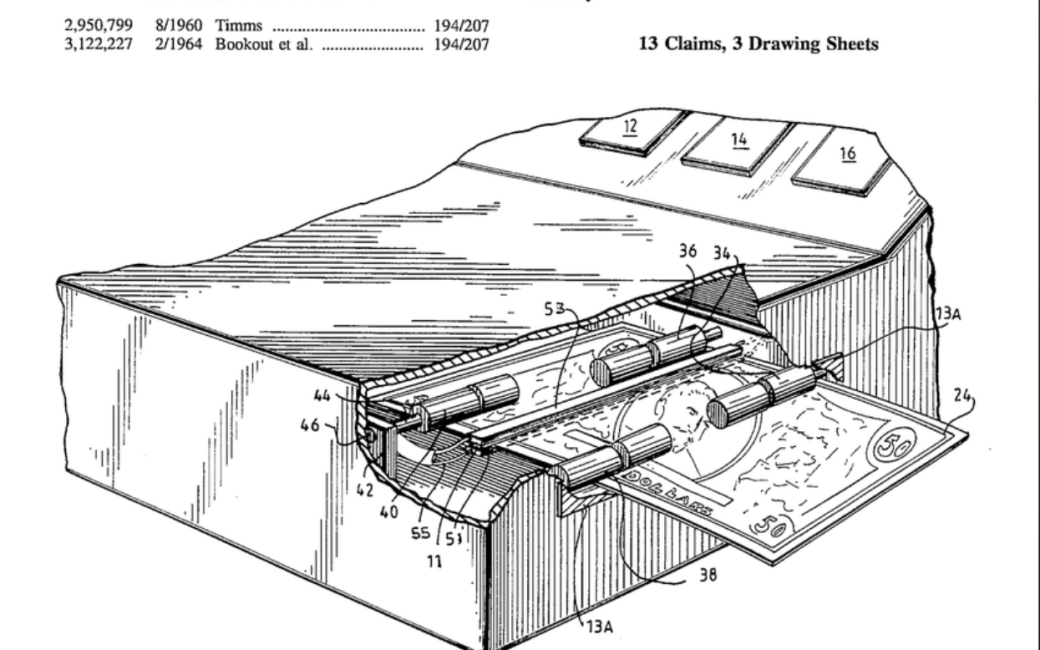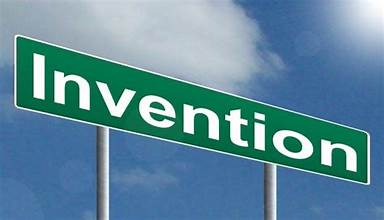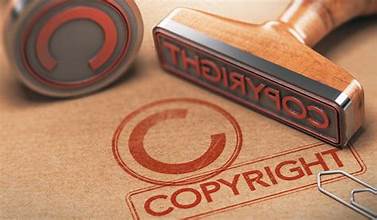A patent abstract is a type of patent document used to summarize the essence of the invention. So what is a patent abstract? How to write a complete patent abstract?
What is a patent abstract?
A patent abstract is an important document that accompanies the patent application, along with the images and description of the invention. It is a document that is almost mandatory to provide information about the subject matter of the registered industrial property – the patent. The patent abstract is concise content that represents the most essential information about the nature of the invention.
The patent abstract serves as an “introduction” to help readers decide whether to continue reading the specific information about the invention presented in the Patent Description or not.
Instructions for drafting the patent abstract:
- Inventive concept/useful solution: The title of the invention should be concise, clear, and represent a brief form of the object, function, or technical field and the essence of the object, and must be appropriate to the nature of the invention/useful solution.
- Mentioned technical field: It must indicate the technical field to which the invention is used or related to.
- Technical status of the invention: It should mention information about known technical solutions as of the priority date of the Similar Application (with the same purpose or solving the same technical problem) with the invention stated in the Application. Based on those known solutions, it is necessary to indicate the solution that is most similar technically to the invention stated in the Application, describe the essence of this solution in a summary, and mention the limitations or deficiencies of that solution in solving the technical problem or achieving the purpose stated in the Application.
- Description of the technical nature of the invention: The description starts with a paragraph explaining the purpose that the invention needs to achieve or the technical problem that the invention needs to solve to overcome the limitations or deficiencies of the most similar technical solution mentioned in the “Technical status of the invention” section. Next is to describe the constituent features of the invention. Particularly, it is required to present new features of the invention compared to the most similar technical solution mentioned in the “Technical status of the invention” section.
- Brief description of the drawings: If there are drawings in the Patent Description to clarify the nature of the invention, it is necessary to have a list of drawings and provide a brief explanation of each drawing.
Protection requirements: The function of the protection requirements is to determine the scope (volume) of protection for the invention. The protection requirements must:
- Be consistent with the Patent Description and the Drawings;
- Contain the basic features of the invention that are sufficient to achieve the purpose or solve the task;
- Not include instructions related to the Patent Description and the Drawings;
- Not include drawings;
- Each independent point of the protection requirements should refer to one protected object
Above is the article:”Patent abstract” by GreenIP. Should you or anyone you know need help with this, feel free to contact us at our email: info@greenip.asia
Call/WhatsApp: (+84) 9 0228 3469
Thanks a lot.






